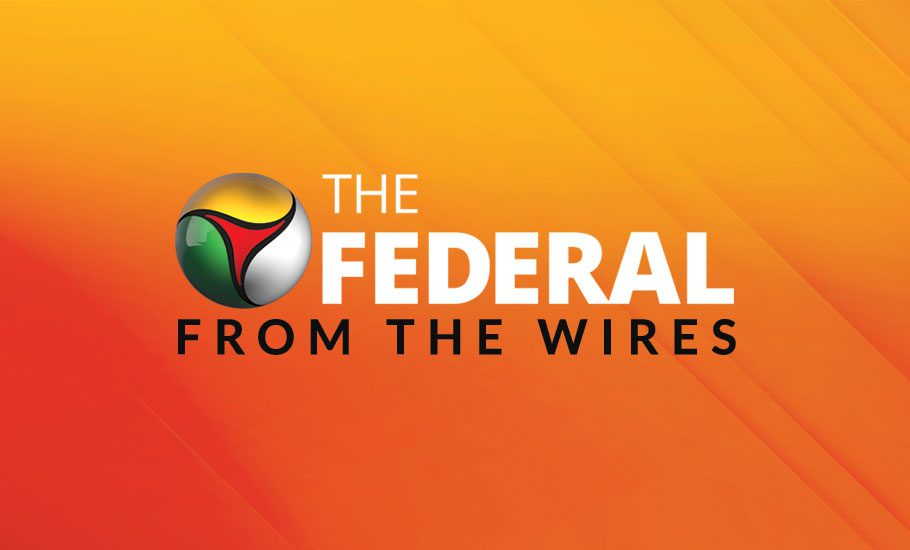
OPEC cartel, allies face decision on increasing oil output

Members of oil producer cartel OPEC and allied countries are weighing an increase in production now that prices have recovered to near their pre-pandemic levels.
Their online meeting on Thursday takes place against the background of more confidence that prices have steadied, offset by concern that that the spread of new variants of the coronavirus could easily hurt demand.
The so-called OPEC Plus – which includes countries like Russia that are not part of the cartel but have been coordinating production in recent years – made deep cuts in output in 2020 to stave off a complete collapse in prices.
It decided to add back 500,000 barrels per day in December, and analysts say its possible the gathered ministers could raise production by another 500,000 barrels per day. A big question ahead of the meeting is whether Saudi Arabia, the kingpin among member countries, will withdraw any of the voluntary 1 million barrels per day in cuts that it announced at the January meeting, a move that startled oil markets and sent prices higher. “The group still has a self-imposed cap of not raising the target production by more than 500,000 barrels per day on a monthly basis, which does not include the return of the extra 1 million barrels per day of Saudi Arabian cuts, which would come on top,” said Bjornar Tonhaugen, head of oil markets at Rystad Energy. “The higher impact narrative of the meeting will therefore be guidance from Saudi Arabia on its plan on when and how fast it plans to return its extra cuts to the market.” Saudi Arabias oil minister, Abdulaziz bin Salman, has urged caution and emphasized the markets fragility. Reticence about more production on the part of Saudi Arabia faces a different outlook from Russia, which has been a reliable advocate for more supply. One factor contributing to differences is that Russia can balance its state budget at lower oil prices than can Saudi Arabia, according to the International Monetary Fund. Crude oil traded at USD 61.66 per barrel on Thursday on the New York Mercantile Exchange, not far from levels around USD 63 in the last days of December 2019, on the eve of the outbreak. Brent crude traded at USD 64.37, compared to pre-pandemic levels around USD 69 in December 2019. The price of crude oil influences gasoline prices for US motorists, since the cost of crude accounts for about half the price at the pump. The main influence on US pump prices in recent days has been Februarys winter storms, which took 26 refineries offline. That has sent gasoline more than 30 cents per gallon higher since the beginning of February, to a national average of USD 2.74 on Thursday, according to the AAA federation of automotive clubs. AAA forecast the national average to hit at least USD 2.80 in March, adding that motorists could see some relief by month end as refineries resume operation.
(Except for the headline, this story has not been edited by The Federal staff and is auto-published from a syndicated feed.)


